Things I find, things I'm sent, things I like. Guns, antiques, historical texts, art, and Cthulhu.
Don't wanna be here? Send us removal request.
Photo






On 24th April, 1633, Sir John Hepburn raised a regiment of 1200 men which ultimately became the Royal Scots.
Charles I issued a Royal Warrant in 1633 for Sir John Hepburn to raise a Scottish Regiment to serve in France as Garde Écossaise; the bodyguard of King Louis XIII and the Regiment went on to serve during the Thirty Years War (1618–1648), losing three Colonels in various actions in 38 years.
Due to the Royal Warrant the Regiment remained part of the British standing Army and could be recalled to Britain at any time The Regiment remained in France during the turmoil of the civil war and was not recalled until 1661, following Oliver Cromwell’s death in 1658 and the abdication of his son as Lord Protector in 1659. After the first elections in 20 years, Parliament was reformed and proclaimed Charles II as King and invited him to return to England from exile in 1660. In 1661 the Regiment was finally recalled to plug the gap between the disbandment of the Cromwell’s New Model Army and the creation of a Regular Army, in which the Regiment became the model for all other units.
The Royal Scots Museum is situated in Edinburgh Castle.The Museum is a private one and is financially dependent on voluntary contributions.
The story of the Regiment is explained in chronological order on pictorial wall panels supported by maps, display cases, tableaux and dioramas. The medal collection is too large to be openly displayed and therefore only a selection is on view. The remainder is mounted in drawers which can be opened on request. Also to be seen are collections of silver, sets of drums and old colours. Other interesting features of the Museum are the descriptions given of contemporary life in the Army and the overhead panels which show significant national and world events of the relevant period.
The Royal Scots were merged with other Scottish regiments in 2006 to form the Royal Regiment of Scotland.
68 notes
·
View notes
Photo

Grenadiers of the Gâtinais Regiment at Yorktown, 1781 by Don Troiani. Despite the fact that grenadiers stopped actually using grenades almost a century earlier, multiple American sources speak of the French using grenades at Yorktown. The regiment was attached to the French Navy for a time, and may well have retained the use of grenades through that connection.
Also of note is the fact that the French Army got rid of bearskin caps for grenadiers in the 1779 uniform warrant.
115 notes
·
View notes
Text
Gloire- the French first (semi) Ironclad
France unnerved neighbouring Great Britain when it presented its wooden, steam-powered, screw driven warship - the 90-cannon Le Napoleon - in 1850. The French continued to build more steam-powered wooden ships of the line and added eight more Le Napoleon-class warships, while converting another twenty-eight sailing frigates and liners to steam propulsion as well. This inevitably forced the British in a frenzy to overbuild their French counterparts for the control of the oceans. Thus Britain succeeded in building eighteen new wooden steamships, all of which were of its own production, and forty-one older ships were converted to steam propulsion to further strengthen its maritime stability. Such warships were extremely capable, albeit somewhat cumbersome, machines capable of engaging an enemy from a distance with powerful shipboard cannons and of getting close to enemies with wooden ships that still used wooden hulls. Steam-powered ironclads were able to maintain their speed even in combat conditions because they did not require wind power in their sails as their main propulsion.

French ironclad La Gloire, 1860
The French authorities knew that they could not compete directly with UK ship production, so a new initiative was needed. During the Crimean War, France witnessed the success of French and British steam-powered iron-hulled barges with their paixhans ( rifled cannons firing explosive grenades) against Russian embankments. Thus, in 1857, the design of a new class of ship that would challenge the powerful British fleet fell to the famous French naval architect Dupuy de Lome.
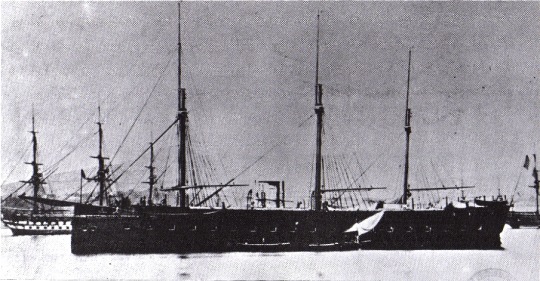
La Gloire, 1860 photograph, by “La Royale” Jean Randier
One of these ships was the Gloire ( Glory ) the first ironclad frigate . Even though she had no real iron hull. She was built in Toulon in 1858, and was fitted with an iron keel and frames, but her planking was wooden, with a layer of iron on top of the planks. As expected from the industrial age, de Lome did not count much on the comfort of the crew below deck, so that the ventilation was bad at best - her boilers and steam engines produced a lot of heat and pushed the smoke within the limits of the ship. Oil lamps were still needed for lighting, and this only contributed to the rising internal temperatures, which were further insulated by the iron plates covering the hull. The gun ports were located close together, making the gun deck a little crowded for gun control. The sails were upgraded from the original arrangement of a barkentine sail rigging to a square rigged bark design. While their main means of propulsion was steam, her captain could rely on the wind power in her sails in an emergency (full confidence in the engines was not yet available at that point in history) or combine both methods to achieve maximum effect during the voyage. This always brought her a top speed of 11 knots.
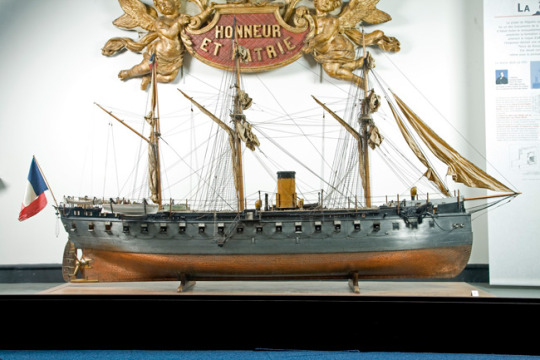
Model of La Gloire, which was presented at the 1867 World Exposition in Paris
She served in the French Navy for nine years before undergoing a thorough overhaul and being rearmed. When she was rearmed, her original thirty-six muzzle loading cannons were replaced by the 8 x 239 mm BL Model 1864 and 6 x 193 mm BL Model 1866 cannons.
When La Gloire was launched in France, the British Admiralty had already heard about it and promptly ordered the construction of two ironclad ironclad ships and four iron hulled ships. With the launch of the HMS Warrior - an iron-hulled ship - the La Gloire became obsolete and her reign as mistress of the sea lasted only one year.
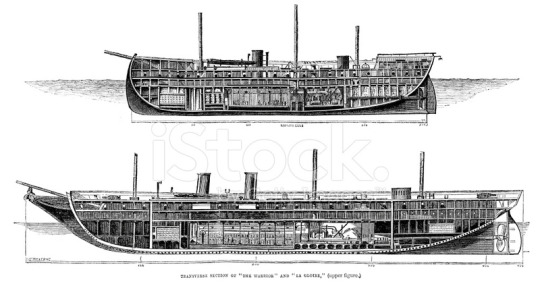
La Gloire 1858 (above) and HMS Warrior 1860 (below)
The rush to build her and her sister ships with unseasoned timber - a practice adopted throughout the French shipbuilding initiative - eventually led to maintenance problems, including frequent repairs, dry rot and higher operating costs for the French government. La Gloir had only been in service for two decades before being broken up in 1883.
144 notes
·
View notes
Photo
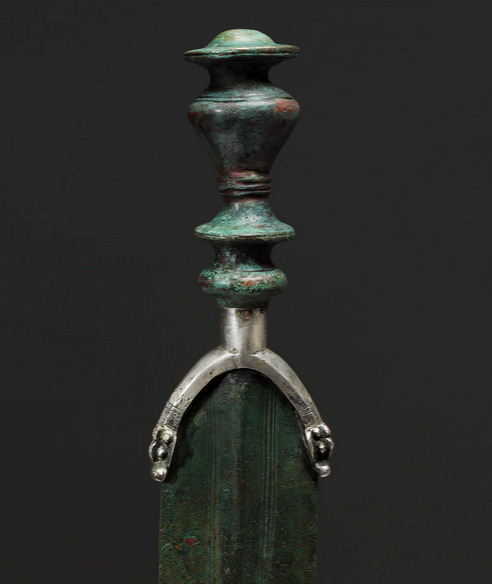
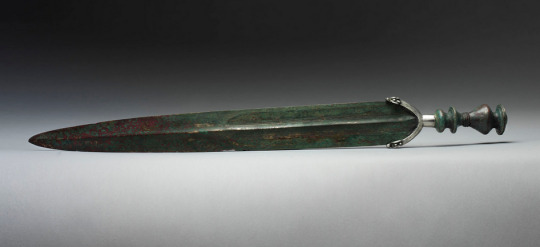
Luristan Bronze Sword, 1st Millennium BC
This highly intricate and impressive sword most likely belonged to a high-ranking official or member of society. Luristan, a mountainous region of ancient Iran, famous for its bronze-smiths, encouraged a voracious appetite for luxury items, particularly weaponry.
949 notes
·
View notes
Photo
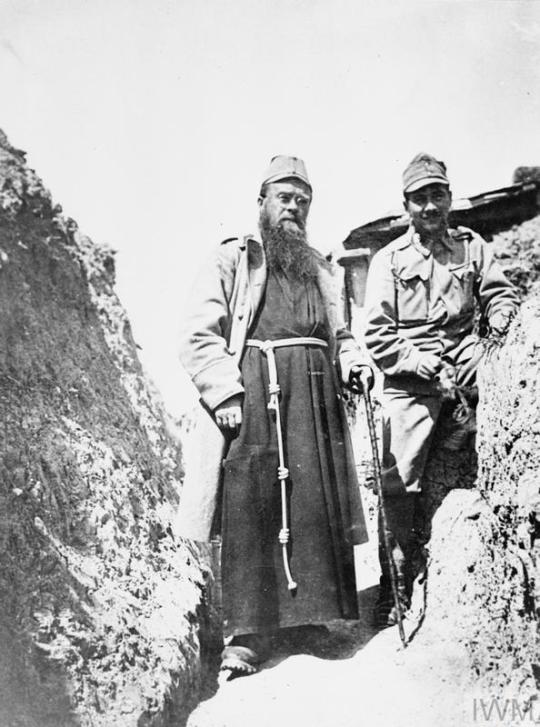
Father Cajus, regimental chaplain of a Tyrolean Rifle Regiment (Tiroler Kaiserjägerregiment), in trenches on the Italian Front, 1916.
148 notes
·
View notes
Photo
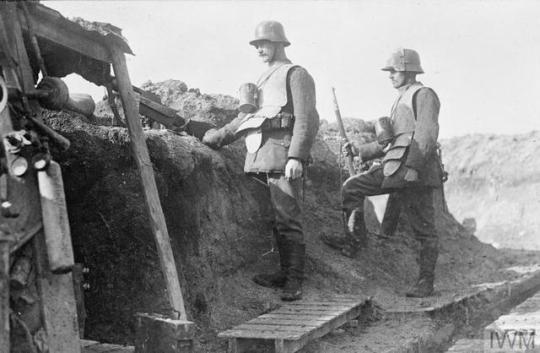
German troops wearing body armour in a trench. Note a stirnpanzer brow plate on the helmet of the soldier on the right.
122 notes
·
View notes
Photo

German Gothic mace, circa 1500
from Hermann Historica
116 notes
·
View notes
Photo
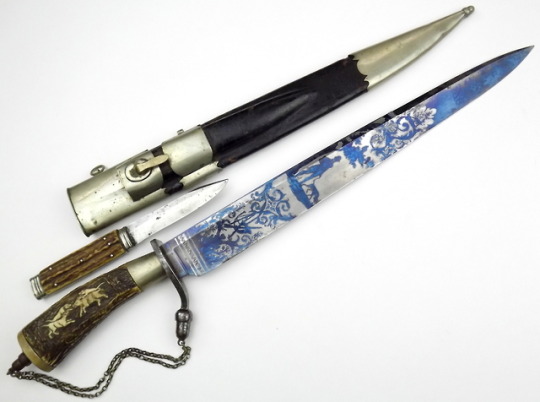
German hunting knife with antler grips, 19th century.
from Sofe Design Auctions
2K notes
·
View notes
Photo
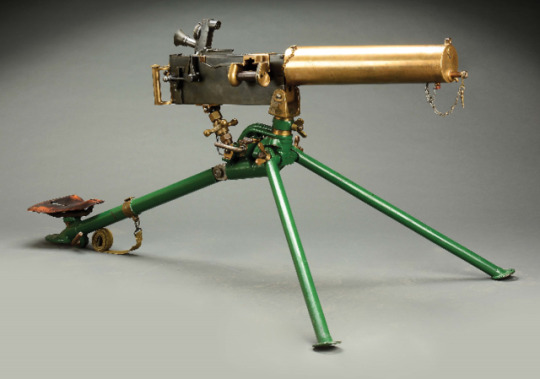
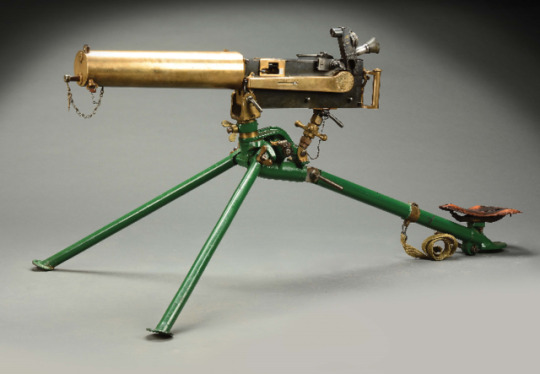
Maxim Model 1898 machine gun produced by the German company DWM for the Argentinian Army.
from Morphy Auctions
255 notes
·
View notes
Text

A long and narrow Montante,
OaL: 65.9 in/167.3 cm
Blade Length: 49.6 in/126 cm
Grip Length: 15.75 in/40 cm
Ricasso Length: 6.75 in/17.2 cm
Quillons Length: 12.5 in/31.8 cm
Toledo, Spain, ca. 1550-1600, housed at the Cleveland Museum of Art.
292 notes
·
View notes
Photo
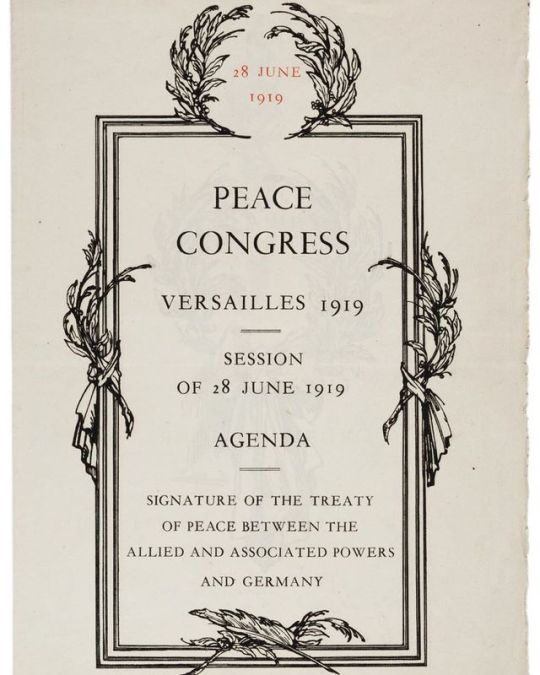
#100years https://www.instagram.com/p/BzQOUIwpe23/?igshid=e1cp62zxpfvh
52 notes
·
View notes
Photo
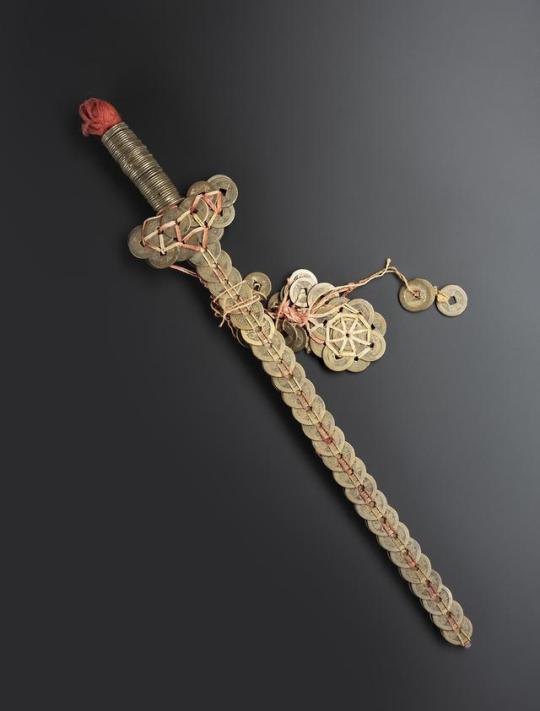
Magic sword consisting of an iron rod covered with coins arranged in the form of a sword, and bindings of red cord, and hung above a bridal bed to scare away evil spirits: China.
National Museums Scotland
5K notes
·
View notes
Photo
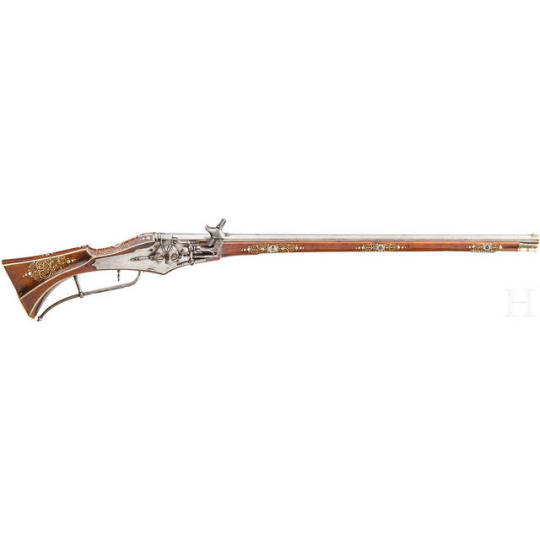

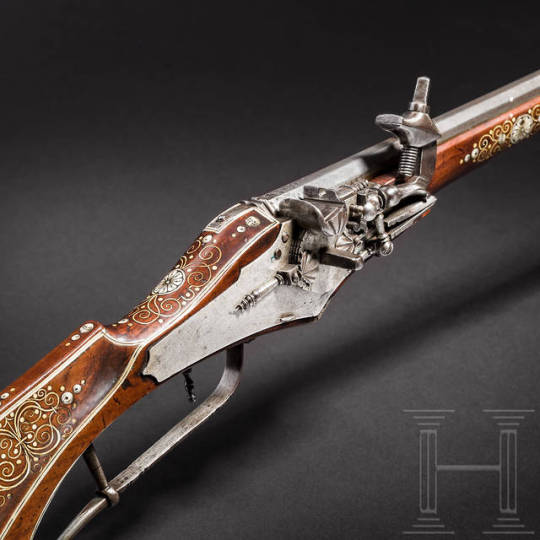
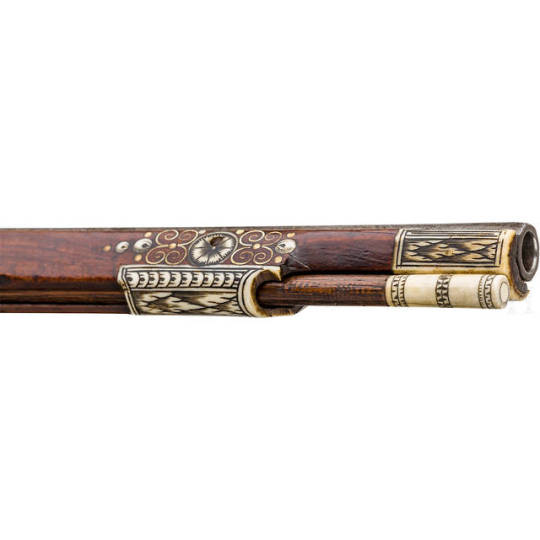
Bone mounted wheel-lock rifle, Germany, circa 1610.
from Hermann Historica
719 notes
·
View notes
Photo
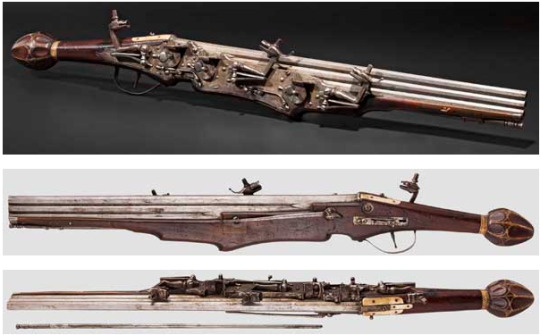
Three shot wheel-lock pistol from Germany, dated 1610.
from Hermann Historica
381 notes
·
View notes
Photo
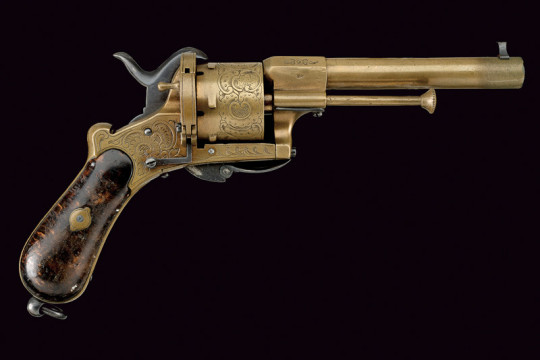
An engraved all brass pinfire revolver, Italy, third quarter of the 19th century.
264 notes
·
View notes
Photo
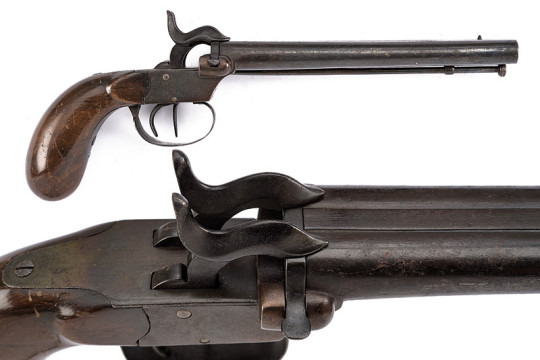
Double barrel pinfire pistol from Italy, circa 1870’s or 1880’s.
from Czerny’s Auctions
86 notes
·
View notes
Photo
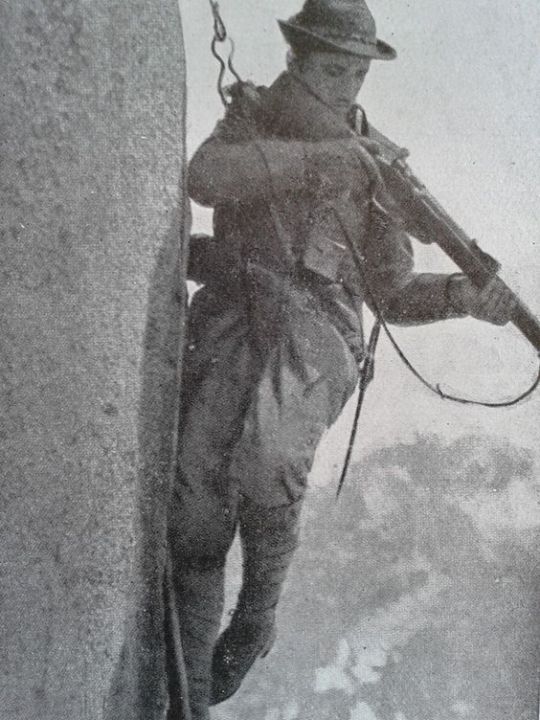
Italian alpino preparing to fire from a precarious position, 1915, World War I.
325 notes
·
View notes